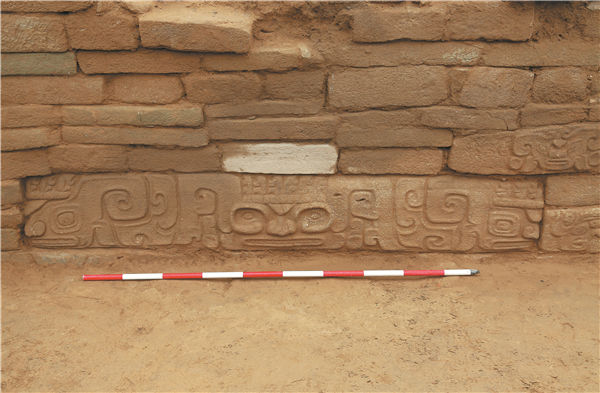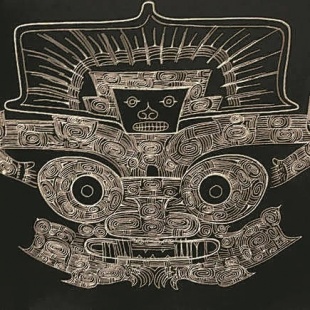Circles of influence


Rippling outward
In 1958, 20 years after Shi penned his archaeological report on Liangzhu, the Neolithic site of Shimao was discovered in Northwest China's Shaanxi province. Dated to between 2200 BC and 1900 BC, the site sits chronologically between the Liangzhu civilization and the Bronze Age. There, the stone carvings have clearly shown how the side view of a mythical beast could either appear alone or, by joining the other side, form a whole.
Back in 1936, Shi, fully aware of the devastation to be wreaked upon his country, went ahead with his excavations against all odds. "From our splendid cultural heritage faith in the eventual victory should be drawn. ... I'll be waiting for my next round of excavations, to be conducted under the debris of war," he wrote toward the end of his foreword to the Liangzhu report.
Shi never lived to see that day. He died of scarlet fever in May 1939, merely a few months after the report's publication. But his words didn't go unheard.
"My wife always recalls the night I stormed into our home like a madman, right after our major discovery on May 31, 1986. I was shouting 'We found it, we found it!' My hair was long and I looked emaciated," says Wang Mingda, who led the Fanshan excavation for the next hundred days, at the end of which he had lost 6.5 kilograms.
In the years that followed, the beast-bearing cong, as well as other typical examples of Liangzhu jade, have been discovered at archaeological sites all over China. These range from the coastal area of Guangdong province in southern China, to the equally renowned Sanxingdui archaeological site in Sichuan province, a Bronze-Age settlement located some 1,500 km upriver on the Yangtze from Liangzhu.






































